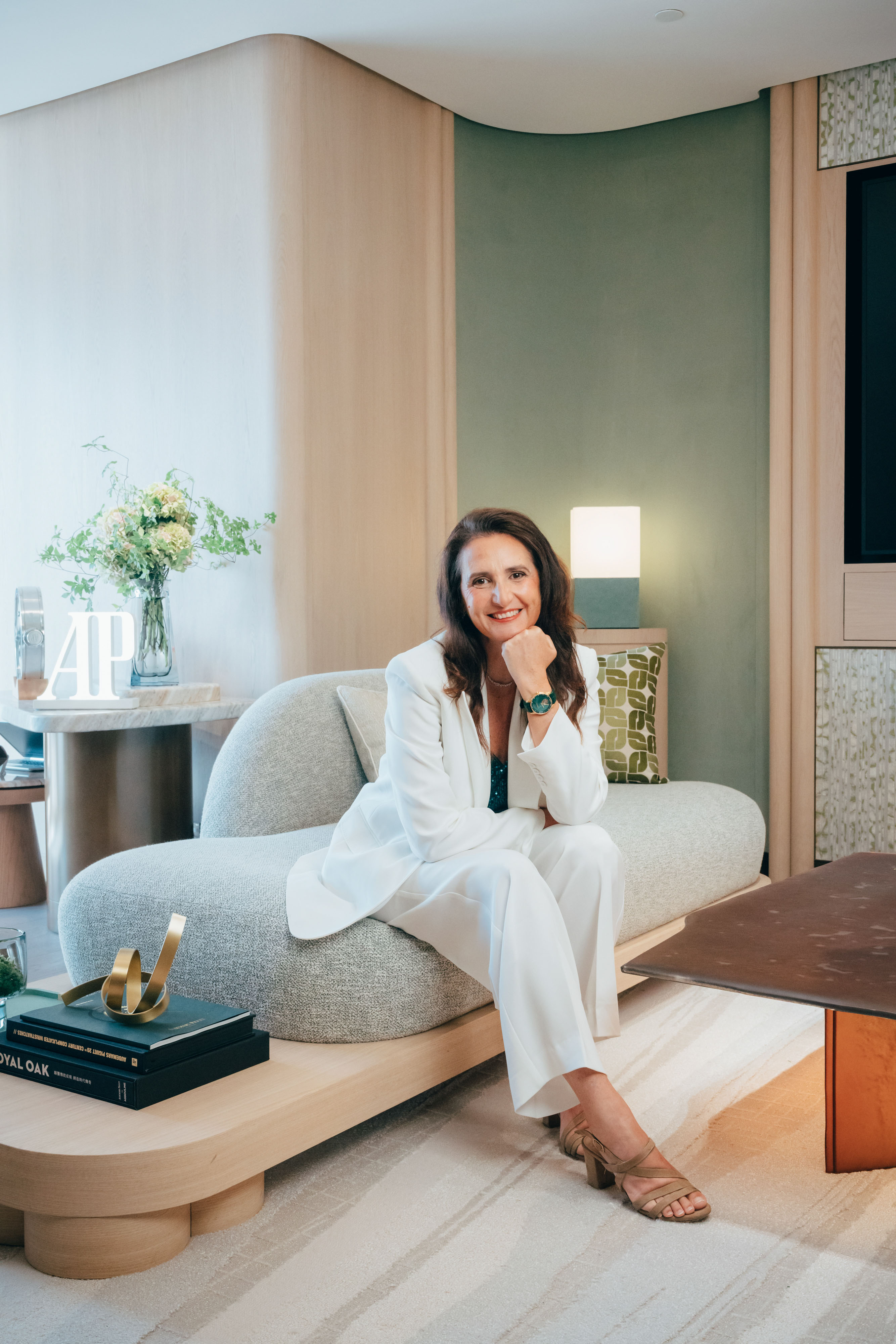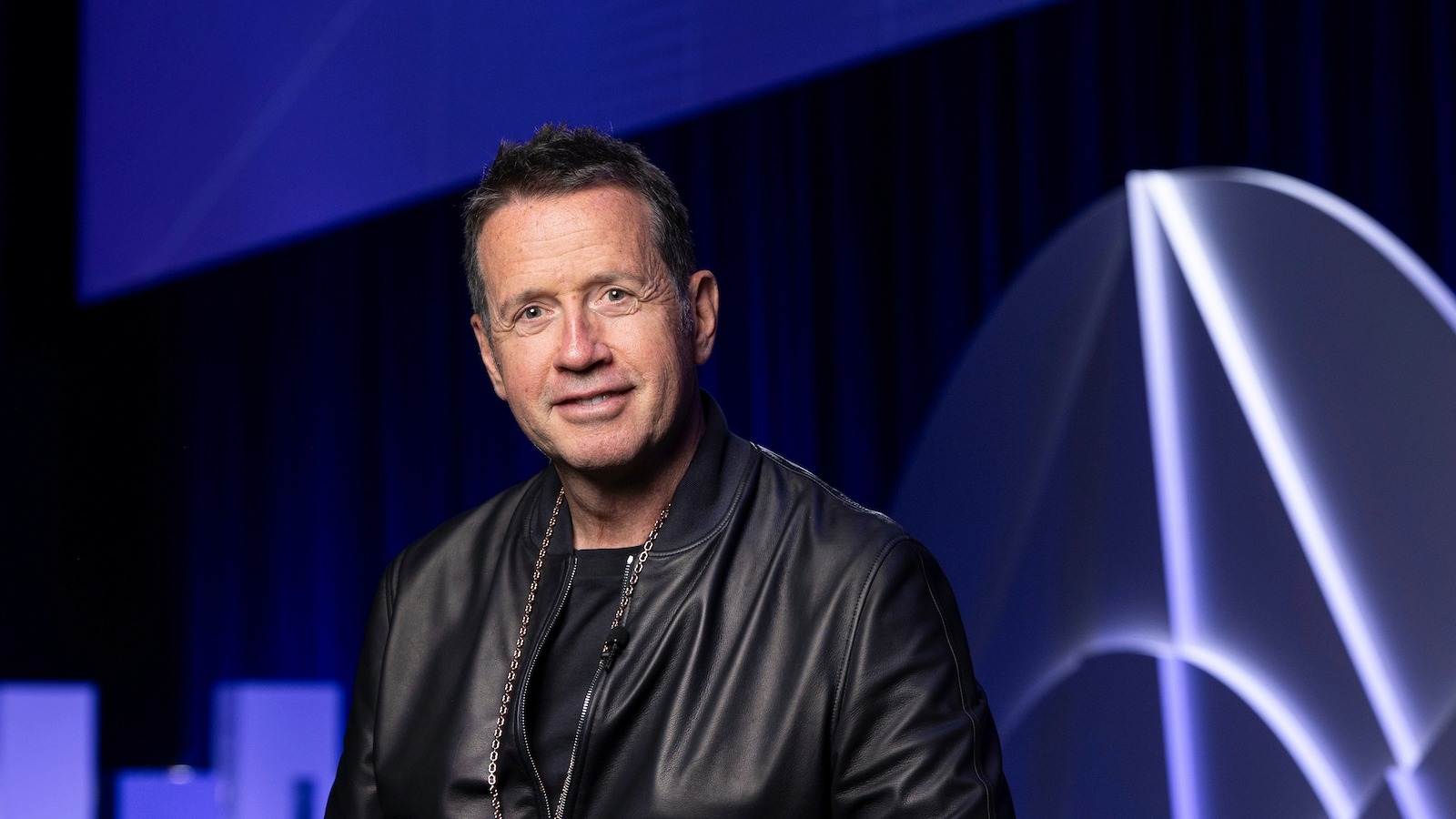At a time when luxury companies are looking to forge deeper and more meaningful connections with their customers, the question that RANKIN Creative CEO Richard Pinder often puts forward to his clients is: how are you as a company ensuring your brands are relevant within popular culture?

At a time when luxury companies are looking to forge deeper and more meaningful connections with their customers, the question that RANKIN Creative CEO Richard Pinder often puts forward to his clients is: how are you as a company ensuring your brands are relevant within popular culture?
Richard Pinder is no stranger to the zeitgeist. An industry veteran, whose experience spans more than 30 years in global marketing, advertising, and creative communications, it’s fair to say that he has seen and been a part of key cultural moments created by some of the world’s best-known brands.
Likewise, when it comes to embedding a brand into popular culture and twisting one’s perspective towards it, John Rankin Waddell, more commonly known RANKIN – the successful photographer and director, has often been behind those moments.
Take, for instance, Dove’s Real Beauty campaign, where real women were photographed for a global beauty brand for the first time or founding the British style magazine
Dazed & Confused, these actions formed part of a wider shift in popular culture that still resonate years after they happened.
So, the joining of RANKIN and Pinder to form the creativity agency RANKIN Creative, three years ago, made sense. Two industry leaders, driven by their desire to deeply understand how better to speak to customers beyond the usual marketing communications, were a perfect combination to lead this new agency that wanted to look at things in a different way.

Their work, speaks for itself. Rolls-Royce's “Rules Rewritten” campaign, featuring actress Gwendoline Christie in a chic jumpsuit and heels which sought to challenge the perception of what an owner of the luxury car would look like, recorded 15.1 million impressions, and helped lower the average age of a Rolls-Royce owner by 10 years.
Or the book it helped Royal London, an insurer founded to work against funeral poverty, produce on the subject of “How to die well”, released in early 2021 as the many in the world came to terms with grief and loss post-pandemic. The book was reported on in more than 85 pieces of media coverage, reaching a readership of over 1 billion, and recording millions of views and thousands of shares on social media.
At a time when, now more than ever, uncertainty is lingering over the global economy, and brands are looking for new ways to forge deeper connections with their customers, taking a different approach to embed yourself in a more meaningful way with consumers, might just be the path towards longer-term success.
“We figured that a business that was set up around finding these cultural conversations that are relevant to the brand and the sector, working out how you can push against those cultural conversations and really engage in them, and doing that in a very beautiful way, would create traction because that's what RANKIN had already been doing,” Pinder told Luxury Society in an interview.
What that means in Pinder’s eyes is really seeking out new ways to speak to consumers, not just through 5-minute feature-style films, or glossy adverts that capture the attention of a viewer fleetingly, but through interactions and conversations that resonate on a deeper level.
“You've got to find ways where you live in that culture,” said Pinder, who was previously the global chief operating officer at Publicis. “In a world where everyone has to create a lot of content, but only on limited budgets, you often see brands throwing the content in all directions. And then it's quickly burned up like a fireworks display.”
“We're more interested in how you do things that culturally will get traction so that if you spend a little bit of money on paid media, or put a bit behind search or do something clever with the way you run your marketing plan, the fraction will be dramatically lower and you will get what we call earned media and you'll get a sense of real followship to the idea,” he added.

That some brands don’t get it, Pinder understands. He often finds himself in conversations with brands who wonder why they even have to worry about their cultural impact. But what Pinder stresses is that it isn’t about the ‘present’ they have to think about, but ‘tomorrow.’
“What I'm really talking about here is being relevant. And the one thing that brands are desperate for is to be relevant, not just for yesterday, but for tomorrow,” he said. “For instance, if the average age of a car purchaser in Europe is 56, then the automotive category has an issue with cultural relevance already.”
But cultural relevance is the mode of today, and the language of tomorrow. It may not simply be enough as Pinder notes, to create content and push it out in the hope that it reaches the right eyeballs.
And while luxury brands tend to be more cautious in protecting their values, Pinder has seen a rise in demand from this sector for RANKIN Creative’s services, as well as the expectation that ideas are brought to fruition in a clear, simple, articulated way that is special and relevant to them. Sometimes, Pinder reckons, the risk of challenging those preconceived notions about brand values, is worth taking.
“If we've learned anything from the last few years it’s that brands are very robust when handled with the right degree of intelligence,” he said. “You can make a mistake and fix it. So, it's worth risking. Because otherwise, you’re going the other way where you just quietly disappear. That's the worst fear. I think it's the worst fear for any celebrity. It's the worst for any brand.”










